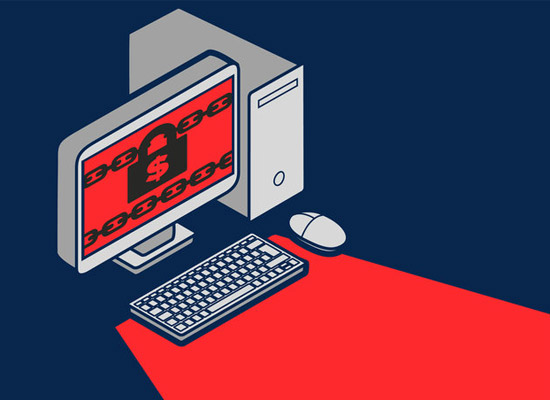What you need to know about bitcoin virus ransom removal
Updated on October 21, 2022, by Xcitium

The term “bitcoin virus” is generally used to mean Dharma-btc, which is a specific form of encryption ransomware. Like most forms of encryption ransomware, it is fairly easy to remove. The problem is that removing the source of infection does not reverse the encryption. This is why it makes sense not only to do as much as you can to ward off attacks before they happen but also to have a strategy in place for protecting your data when they do. Here is what you need to know.
The way to remove the bitcoin virus
There is a good chance that you’ll simply be able to install a reputable anti-malware program and have it scan your computer. If this doesn’t work, then try booting into safe mode with networking and installing a reputable anti-malware program. If that doesn’t work, then you’ll need to boot into safe mode with command prompt and restore to a previous time point. Then install a reputable anti-malware program, just to be on the safe side.
Dealing with the infection
The bad news is that the only way to deal with the infection is to pay the ransom and hope that the cyberattackers release your data. This is not advised. Even if they do release your files, which is not guaranteed, you are just financing the development of more sophisticated ransomware. This might then be used to attack you.
You can try looking online to see if there is a decryption tool, but this is highly unlikely. In fact, it’s more likely that you’ll find malware disguised as a ransomware decryption tool. Even if you do find a legitimate tool, it may not work because ransomware is generally updated very frequently (thanks to the number of people who pay the ransom).
This means that your only sure and safe way to retrieve your data after a bitcoin virus ransomware attack is to restore it from a backup. The bad news is that cyberattackers are also aware of this and are increasingly producing ransomware that lies dormant for a while and/or works slowly to increase the possibility that it will be transported into your backup.
It’s vital to have a ransomware-proof approach to data storage
The way to deal with this is to make sure that you have an off-site data backup which is physically and logically separate from your main system. It’s fine to use automated backups to transfer data between your production system and your local backup. For your off-site backup, however, you should scan data before you transfer it to make sure that it’s free of any signs of infection. Ideally, you should keep data backups from different time points, just in case you miss something.
If you do need to restore from a data backup, scan it again for infected files and also for the source of any infection (now that you know that you’ve been attacked). This should stop you from bringing the encryption ransomware back into your main system potentially to start everything all over again.
Additionally, you want to store all sensitive data encrypted (both in your production system and your backup) to stop a bitcoin virus ransomware attack being used as a cover for data theft. If personally identifiable data is stolen, then you could be the one who ends up in trouble with the law.
Preventing bitcoin ransomware attacks
One of the many reasons why ransomware is such a big problem is because it is updated so frequently that it is hard for security tools to keep pace with it. You should, however, still make your best attempt.
Keeping out ransomware starts with maintaining basic IT security standards. In particular, it means ensuring that you only use operating systems and apps which are still actively supported by their developers. This means that they will receive security updates and you need to make sure that these are applied promptly. If this is a weak point in your organization then you need to hire a managed IT services vendor to take care of it for you.
You also need to invest in a robust anti-malware solution. For most companies (and individuals), the best option is a cloud-based, all-in-one product that includes a malware scanner and firewall (and probably other functionality as well). This gives you everything you need, out of the box, configured to work together, and guaranteed to be updated. As a bonus, it puts the resource load on the vendor’s servers rather than the local devices.
Please note, however, that neither of these steps is a replacement for training your staff on safe surfing and emailing or for making them aware of common social-engineering strategies.
Please click here now to start your free 30-day trial of Xcitium AEP.
Related Sources:
Does Ransomware Come From
Ransomware Attacks
Ransomware Protection
Ransomware Removal
Ransomware Virus
ITSM System
Avoid Ransomware Virus







